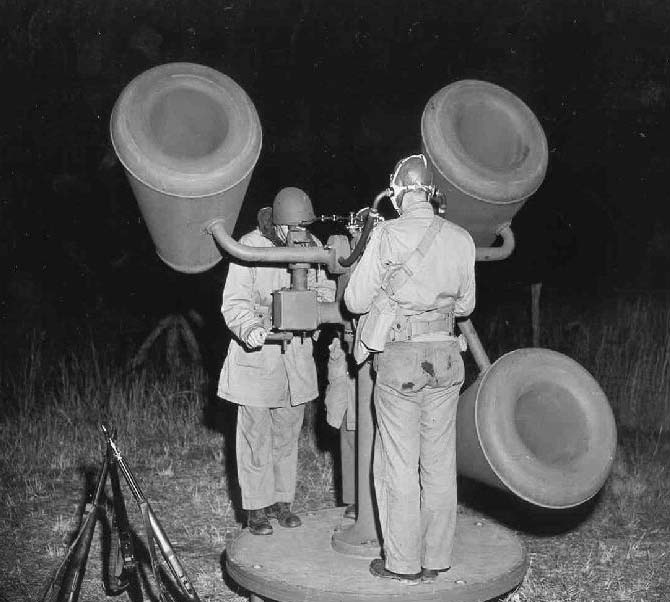Friend, is your home drone-proof? Are you keeping surveillance cameras and potential flying explosives at bay? Do you realize that soon enough they’ll be the size of a flea and you won’t even be able to see these invaders? Act now!
From an Economist report about the fledgling anti-drone industry:
Detecting a small drone is not easy. Such drones are slow-moving and often low-flying, which makes it awkward for radar to pick them up, especially in the clutter of a busy urban environment. “Defeating” a detected drone is similarly fraught with difficulty. You might be able to jam its control signals, to direct another drone to catch or ram it, or to trace its control signals to find its operator and then “defeat” him instead. But all of this would need to take place, as far as possible, without disrupting local Wi-Fi systems (drones are often controlled by Wi-Fi), and it would certainly have to avoid any risk of injuring innocent bystanders.
Bringing down quads
One company which thinks itself up to fulfilling the detection part of the process is DroneShield, in Washington, DC. This firm was founded by John Franklin and Brian Hearing after Mr Franklin crashed a drone he was flying into his neighbours’ garden by accident, without them noticing. He realised then how easily drones could be used to invade people’s privacy and how much demand there might be for a system that could warn of their approach.
DroneShield’s system is centred on a sophisticated listening device that is able to detect, identify and locate an incoming drone based on the sound it makes. The system runs every sound it hears through a sonic “library,” which contains all the noises that are made by different types of drone. If it finds a match, it passes the detected drone’s identity and bearing to a human operator, who can then take whatever action is appropriate.
Other ways of detecting drones are also under investigation.•
Tags: Brian Hearing, John Franklin

